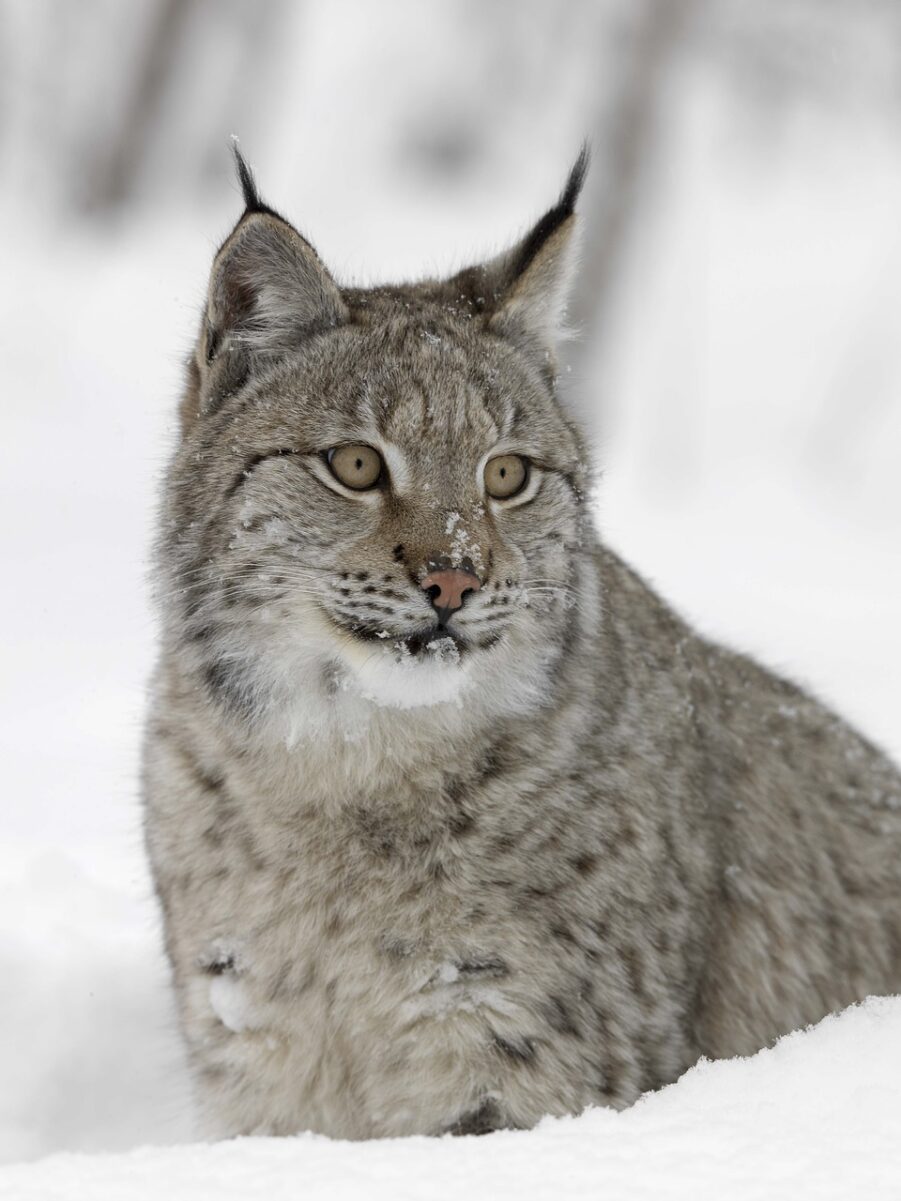Strategies and adaptations
All wildlife at higher elevations or latitudes face the challenge of adapting to winter. In part 1 of this post, we explored the challenges that wildlife faces during winter. To recap quickly:
- Food can be scarce! Starvation or lack of energy is a major survival risk for all kinds of wildlife—plant, animal, or otherwise.
- It gets cold. Cold temperatures can also be dangerous, and freezing can destroy living cells.
Now that we know why it can be so dangerous for living things, we can explore their strategies for adapting to winter. As you’ll see, life on earth has found a great variety of solutions to the winter problem. These solutions vary based on habitat, size, and lifestyle.
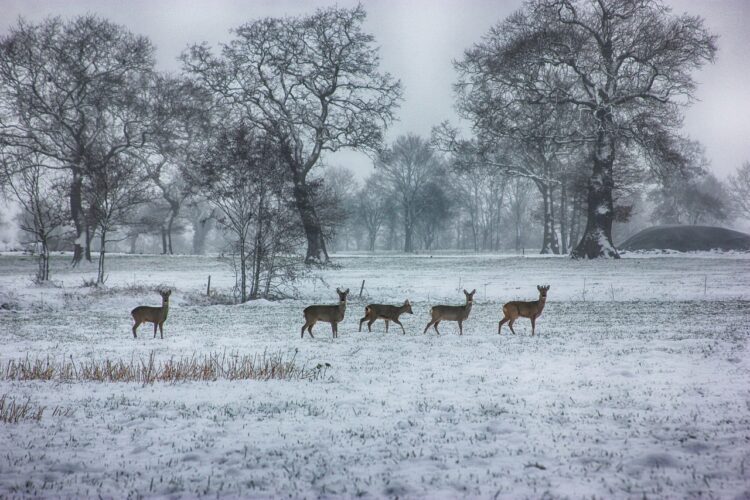
Although I highlight certain example species for each solution, there are plenty of other species that use these strategies. Plants and animals aren’t one trick ponies. Many species use different strategies at once, or at different stages of their lives. If you’re particularly interested in how insects survive the winter, check out this post on how bugs survive the winter.
See ya later! – Migration
Biologists use the word migration to refer to regular, often seasonal mass-movements of animals. Migrations often occur because local conditions like food supply, rainfall, or temperature become temporarily unfavorable. The migratory animals leave for a while when the going gets tough, and come back when things are looking better.
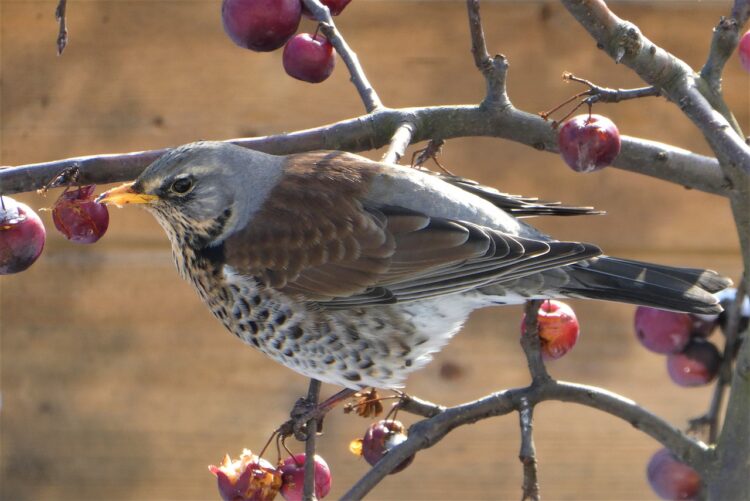
Plenty of people undergo seasonal migrations if they can afford to. For example, taking tropical getaways or heading up to a summer cottage when the weather gets nice.
Perhaps nature’s best known migrants are migratory birds. Many bird species travel thousands of miles to spend the winter in warmer areas with plenty of food. They come back every Spring when their food sources (like insects or fruits) have returned, and when temperatures are warmer.
Getting out of dodge is a simple, straightforward way to avoid the absolute worst of the winter. However, it’s not without its downsides. Animals that migrate have to take long, arduous and often dangerous journeys. Take, for example, the gorgeous Monarch butterfly (Danaus plexippus). Monarchs travel up to hundreds of miles (100-200 km) daily on their southward migrations from the United States and Canada.
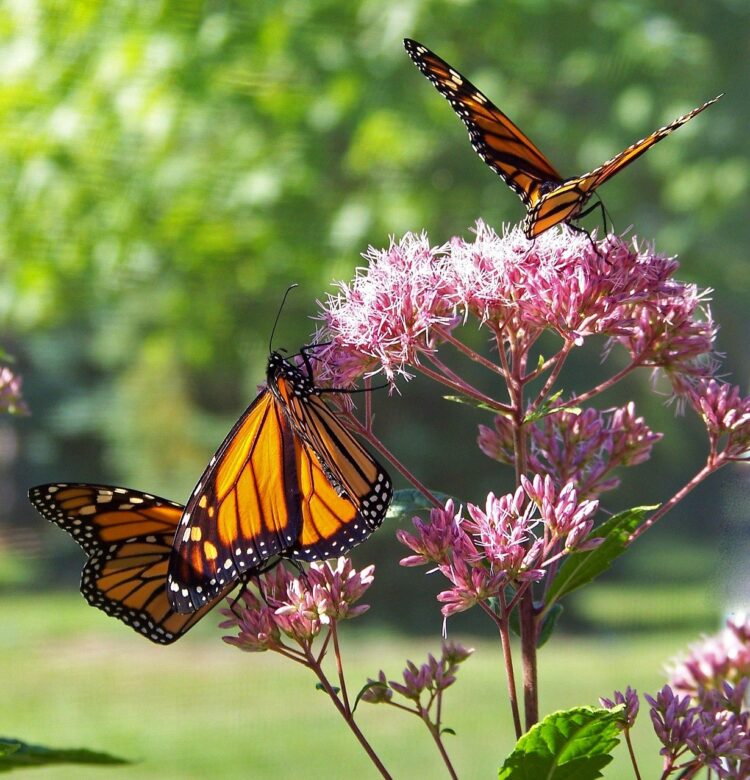
Migratory animals get the best of both worlds by sticking around only for the good times. But migration still comes at a price. Migrating animals are exposed to many dangers. These include:
- Unfamiliar landscapes that they don’t know how to navigate
- Loads of predators
- The possibility of getting lost on the way
For many birds, especially young ones that aren’t experienced travelers, migration is also the riskiest time. In many cases, less than half of first-year migratory birds survive their first journey to lower latitudes.
Hunkering Down – Winter Refugia
For most people, the solution to winter weather is to hole up inside and ride it out. People often get sleepier when the days get shorter. The instinct to curl up and stay warm can get hard to resist. Obviously, we have houses and apartments, heating systems, and other shelters for just this reason. Many animals have the same idea. In fact, if your home looks cozy enough, some wildlife might move in with you.
The technical term for the winter shelters used by wildlife is a refugium (or plural, refugia). These can be anything from a hollowed out tree trunk to an underground den. Other animals may tunnel into the snow, or create homes under the water. For tiny animals, refugia even cracks in tree bark, or piles of leaves on the ground will suffice. Animals typically use refugia for one or more of these three reasons:
- To avoid predators while they are inactive during winter
- To stay warm and be sheltered from wind and water
- As a place to stockpile food until the spring
Common Winter Homebodies
Many species of bats (order chiroptera), stay in caves during the winter. They hibernate to slow their bodies down and conserve energy while insect food is scarce in colder months. Other mammals make their own refugia by digging holes under the ground. Examples in North America include bears, chipmunks, and groundhogs—also known as marmots, woodchucks, or my personal favorite, whistlepigs.
These mammals can curl up in their winter homes and wait for food to become more abundant in the spring. When a winter home is used as a napping spot for hibernation, it is known as a hibernaculum (plural hibernacula).
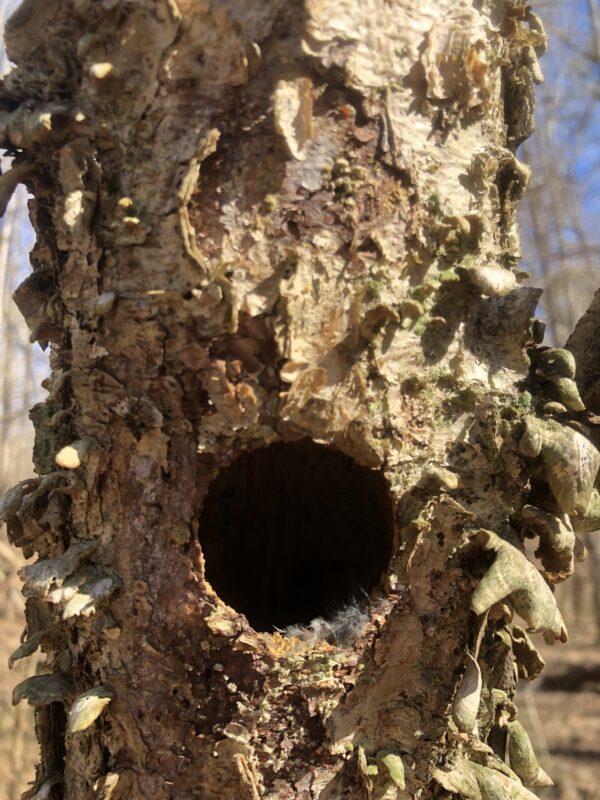
Other winter homebodies will actually stay awake until springtime, and eat food that they packed away for the lean months. Cute, round, high-mountain cousins of rabbits called Pikas (genus Ochotona) spend the entire summer collecting plant matter. They dry this food under rocks and in protected chambers to make their own little stockpiles of hay for the winter.
Beavers preserve their own food—succulent tree branches and stems—by dragging them to the bottom of ponds in the Fall. The water acts like their personal refrigerator, preserving the fresh shoots all winter long. These rations are so high-quality that even moose will occasionally try to raid them when the opportunity arises!
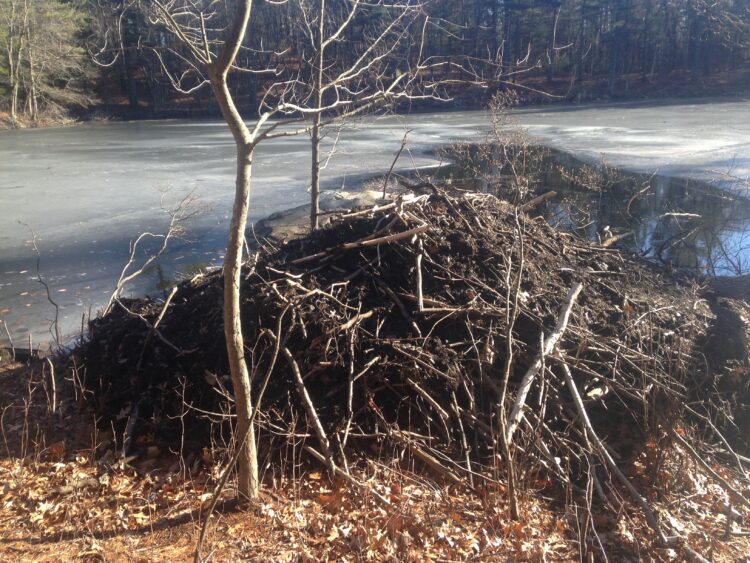
Honeybees (Apis mellifera) use the honey that they have stored in their combs over the course of the summer to survive the winter. Many squirrel species in Northern latitudes also bury acorns underground (called caching) for winter storage and dig them up when they get hungry.
Cuddling Season
Many animals cluster together closely in winter cuddle puddles to keep themselves warm. Cuddling also protects them from wind, exposure, and drying out (desiccation). Ladybugs often cuddle up in hollowed logs or even inside your walls to stay warm and throughout the cold season. Honeybees, eating their stores of winter honey, will cuddle together and shiver to produce heat and keep the hive warm. Muskrat (Ondatra zibethicus) families will often cuddle together in winter, taking shelter inside of piles of vegetation or burrows in streambanks that they have built as nests.
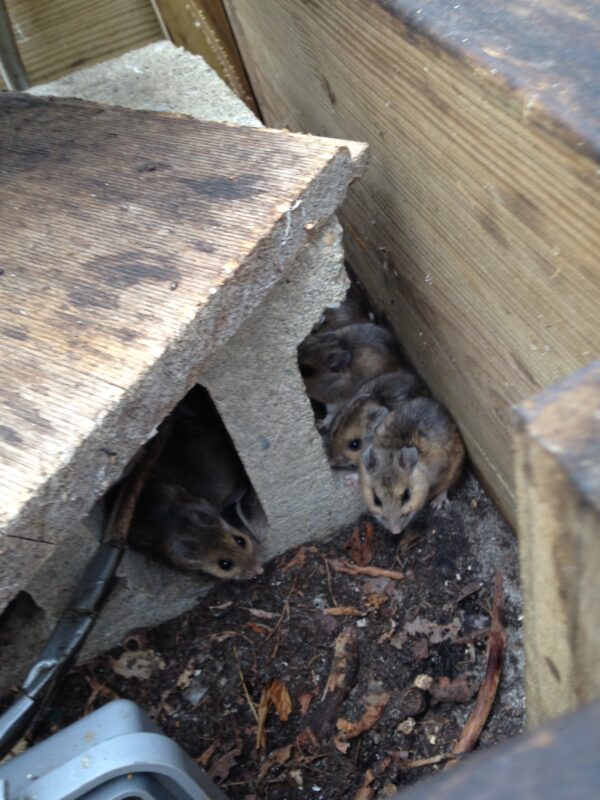
Birds don’t miss out on the snuggling, either. Some small passerines (perching birds) in cold climates squeeze into holes in dead trees to protect themselves from freezing temperatures. Naturalist Berndt Heinrich described finding chickadees (Poecile atricapillus) with bent tailfeathers from spending all night crammed into a cozy sleeping spot with other members of their species.
Nap time – Hibernation, Aestivation, Torpor & Diapause
Another way to pass the winter months, protect yourself from cold, and avoid starving is just to pass right out. As I covered in how bugs survive the winter, a great many insects take this route, becoming totally inactive and even dramatically slowing their body’s “internal engine” to consume the minimum amount of resources while food is scarce.
But larger animals can do this, too. Bears (family Ursidae) are perhaps the most famous hibernators, spending much of their summers fattening up to give themselves the reserves to last the winter. Bears’ impressive gains are so well known nowadays that they are celebrated in in an annual fattest bear contest. If the bears stayed awake and active all winter, they would surely starve. Hibernating allows them to go up to five months without eating while sheltering in their dens.
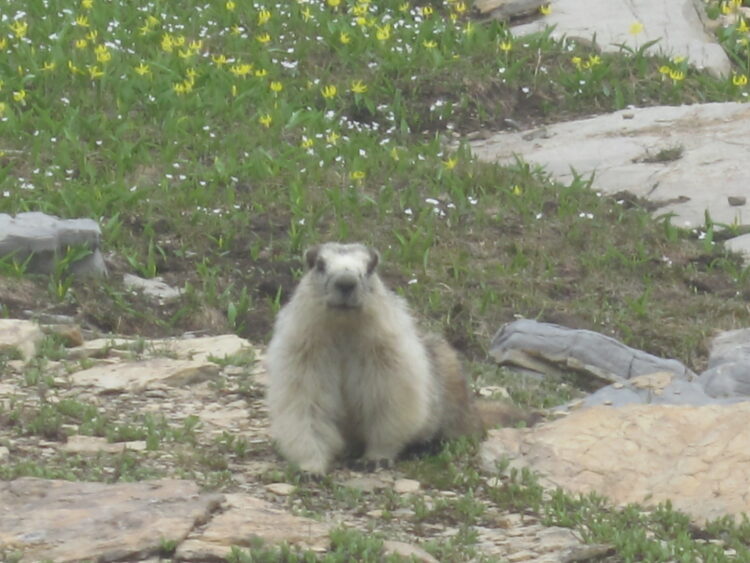
Hibernation can be thought of life putting a computer in sleep mode. The computer isn’t totally inactive—some things are still running—but most of its energy-intensive functions are turned off. This conserves power. Bears do something similar. They enter a mostly inactive state where their body can slowly burn through their summertime fat, keeping them alive for long periods without food.
Trees & other plants
The same conditions that are dangerous to animals can be dangerous to plants, too. Freezing can damage cells and tissues, or even cause woody trees to explode! Many trees will reduce the amount of water in their above-ground tissues during winter. They can do this by getting rid of things like leaves that take up lots of water. This is a major liability when it gets cold, and it might not be worth holding onto those leaves. To learn more about why–and how–plants lose their leaves, check out this post. Herbaceous (non-woody) green plants will often let their above-ground stems die off, keeping their roots intact, safely below ground.

A common strategy for plants is to store energy (usually in the form of sugars and starches) in their roots during the growing season, and feed off of that during the winter when there isn’t as much sunlight. Some plants like pines and hollies (often called evergreens) keep their green leaves all winter and just keep right on going. You can read more about why plants are green, and how that green helps them get energy to live, in this post.
The Deep Freeze
Some plants and animals escape the dangers of freezing in winter by just rolling with it. They may have special adaptations that prevent them freezing. For example, many insects have sugary antifreeze chemicals in their blood. Others are capable of surviving being completely frozen and thawing out again.
Many butterflies and their larvae produce glycerols and other sugary chemicals inside their bodies when temperatures begin to drop. These act like antifreeze in our cars. They lower the freezing point of the animals’ body fluids, or prevent the formation of large crystals that would damage their living cells.
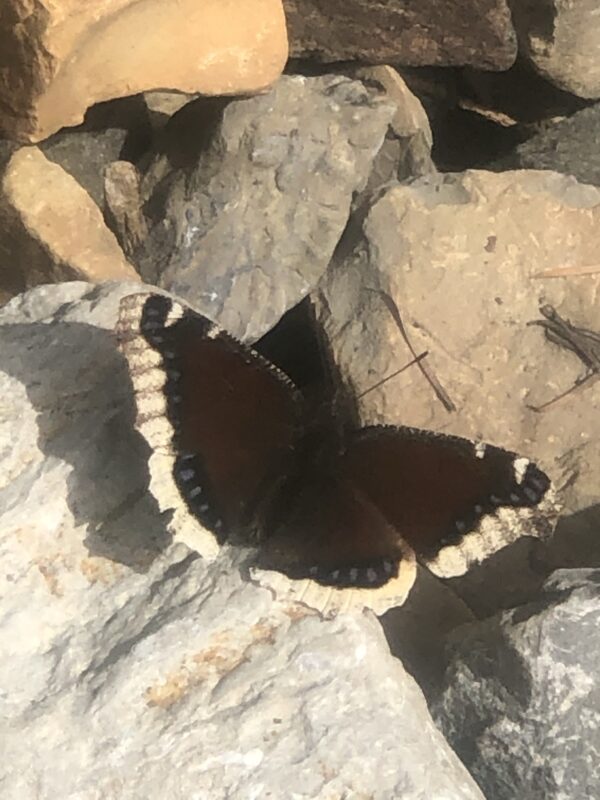
Others do what is called supercooling. They allow themselves to get as cold, or colder than the point of freezing, but they have adaptations to prevent crystals from forming. Ice crystals require a physical structure—some kind of imperfection, even a speck of dust will do—to start transitioning from liquid to solid. These animals eliminate these nucleation centers and isolate themselves from contact with other frozen objects. That allows them to get super cold without freezing! Some species of wasps and bees will do this by using their jaws to hang from a root or other structure in an underground chamber, avoiding contact with any other object that might trigger freezing.
In either case, when the temperatures come back up, this freezeproof wildlife can get right back into the swing of things without any of the problems that larger organisms like ourselves might suffer.
Not My Problem
Some organisms, especially invertebrates and annual plants, pass on the problem of winter to their offspring. They simply give up the ghost after the breeding season or when the weather starts to get cold. By the time winter hits, these organisms have laid eggs or produced seeds. These eggs and seeds are freeze-proof or otherwise protected from winter’s harshness. They hatch or germinate when the weather is nice again. Gardeners may be familiar with what we call annual plants—this is the point of their strategy.
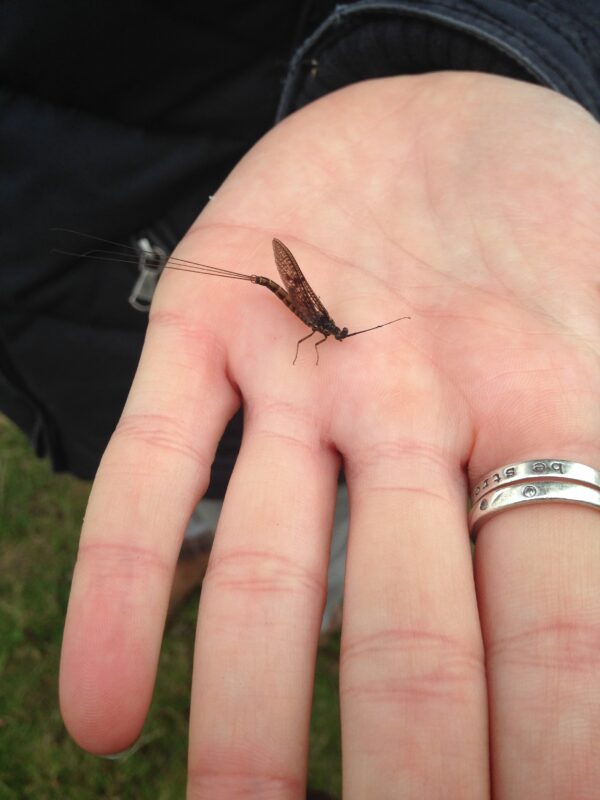
Insect eggs and plant seeds in particular are excellent at entering diapause, that form of suspended animation explained above. This makes them better winter survivors than their parents, that run the risk of running out of energy before next spring.
Alternatively, their seeds may have sprouted, or their eggs may have hatched. In this case, their young find ways to stay hidden and safe in ways that their parents can’t. Some insect young can become a pupa or conceal themselves within a protective cocoon to last the winter. The leaf litter all over the ground in many forests is an essential hiding place for many of these young to hide out and be protected from the elements.
New Friends
Although winter is a difficult time, it is also a break from the hustle of the breeding season. Spring and summer are exhausting for wildlife—plants and animals have to stake out territories to make sure they have food and space for themselves and their young. During the non-breeding season, wildlife can just focus on surviving. This means that many animals are more tolerant of each other in the winter. This includes members of their own species or different ones.
This can often lead to unexpected alliances and strange bedfellows. In the case of animals that shelter in winter, other animals may move in to stay with them. Beavers in dams or gopher tortoises and badgers who dig burrows might find themselves with unexpected bedfellows. Skunks, armadillos, frogs, and a variety of snakes move into gopher tortoise burrows, and muskrats can sublet beaver lodges.
Birds of a feather
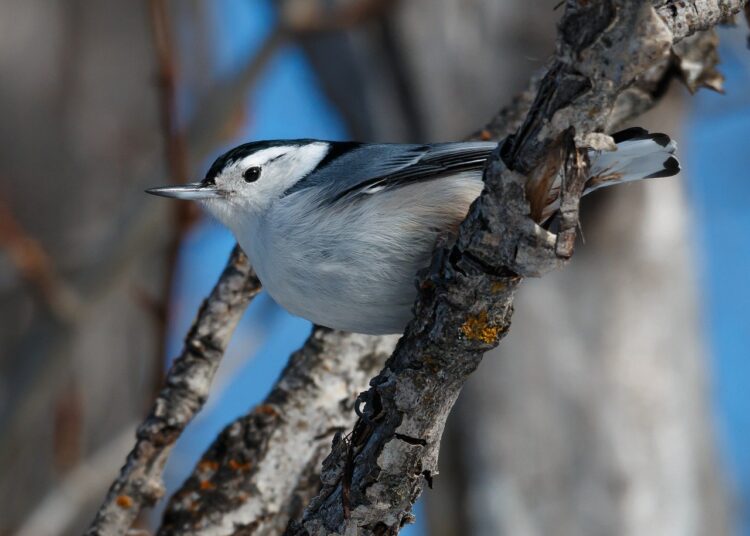
Up in the air, many bird species form large flocks to take advantage of safety in numbers during winter. During the “off-season” there is no more need to defend a nest or territory to feed their young. Blackbirds like grackles can form giant groups called plagues with tens of thousands of individuals. In many forests, local resident birds like chickadees, titmice, nuthatches, kinglets, and small woodpeckers form mixed flocks. These consist of many different species moving through the woods together. This is a notable exception to that old saying—in this case, birds of very different feathers flock together.
Adapting to Winter – The key to spring beauty
This huge variety of strategies is why, year after year, we see an explosion of life in spring and summer. So we owe the bounty of the warm season to these ingenious solutions.
Thanks for reading about plants and animals adapting to winter!
Have a nature question you’d love to see covered in Naturalist Answers? Let me know via the contact page!

